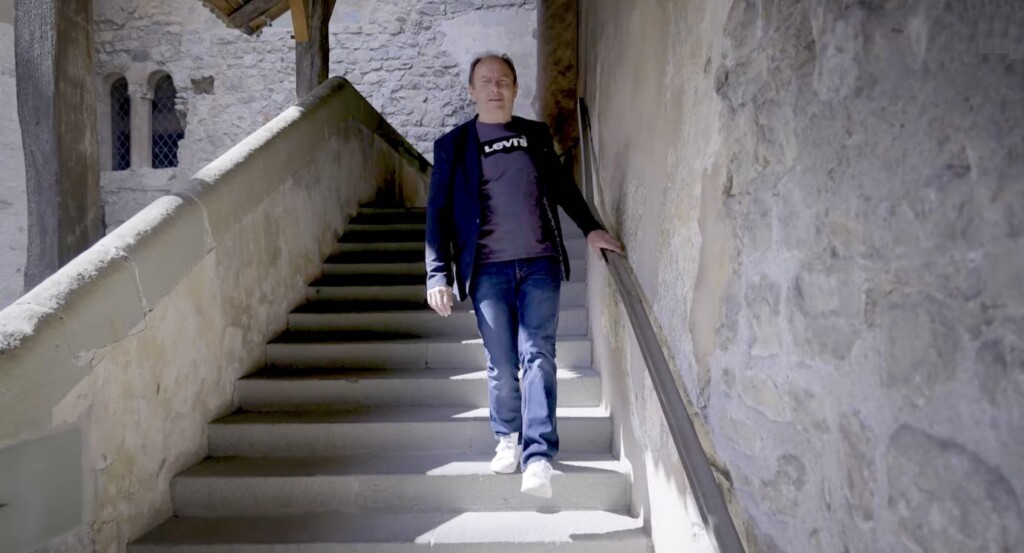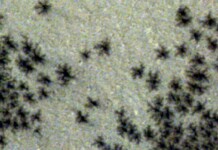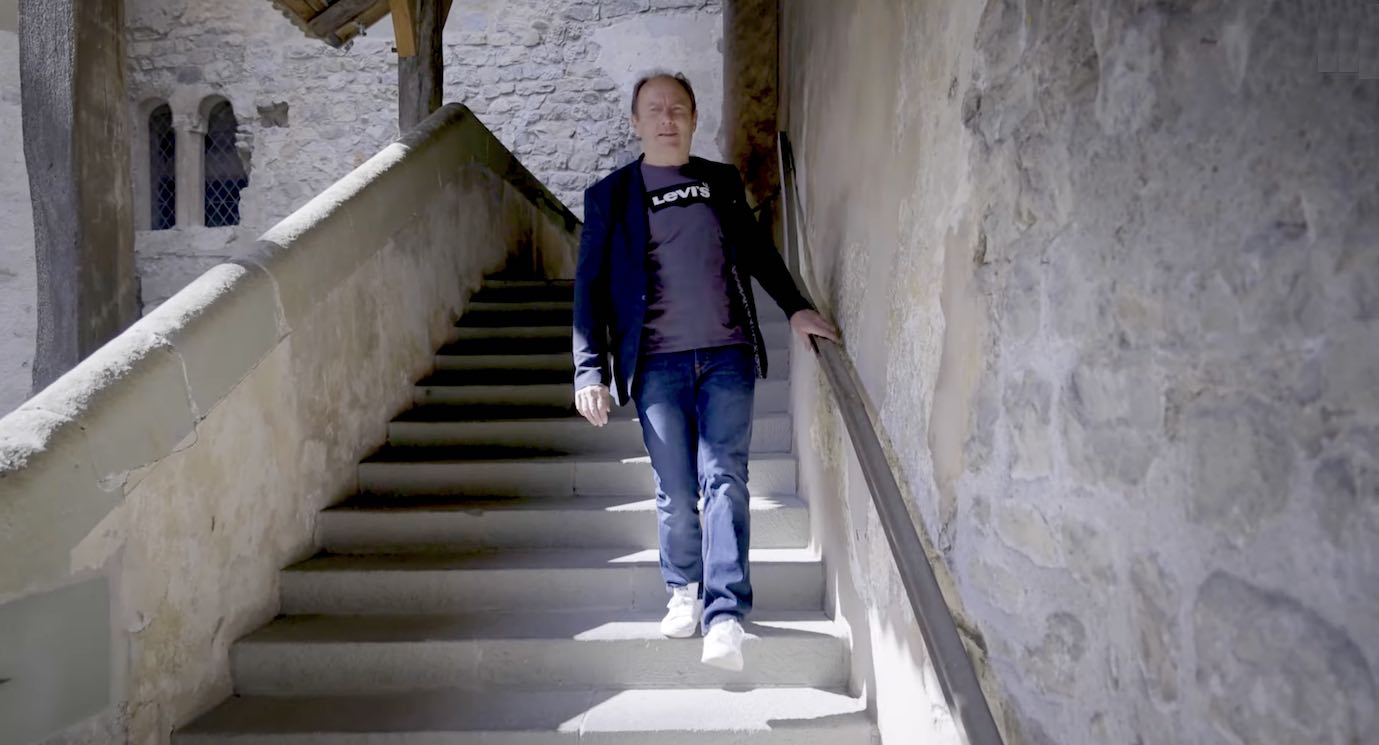
A Frenchman who received a new spinal implant has regained significant motor functions including the ability to walk unaided for miles after losing all such faculties to advanced-stage Parkinson’s Disease.
In the latter stages of the moto-neuron disorder, patients lose the ability to correctly use their muscles, and at some points movement can shut off entirely and they can crumple to the floor.
63-year-old Marc from Bordeaux, France was diagnosed with the condition 20 years ago, and it got so bad that there had to be someone holding his arms at all times in case his walking gait just froze.
He was the subject of the experimental spinal implant technology developed through a collaboration between the Swiss Federal Institute of Technology in Lausanne and the Lausanne University Hospital that has also restored some mobility to a man with a spinal cord injury that left him paralyzed.
When you see images of people with spinal cord injuries walking again with the help of implants, there’s normally a computer attached to their back, or they’re in a laboratory setting.
But watching Marc walk with his new implants, it’s like the real thing. The implants still needs another 5 years of work, and the study published on Marc’s experience is seen as a major ‘stepping stone.’
“I practically could not walk anymore without falling frequently, several times a day. In some situations, such as entering a lift, I’d trample on the spot, as though I was frozen there, you might say,” Marc told the press. “Right now, I’m not even afraid of the stairs anymore. Every Sunday I go to the lake, and I walk around 6 kilometers [3.7 miles]. It’s incredible.”
The scientists had to make a map of Marc’s spinal cord and discover the locations responsible for signaling the legs to move. Electrodes were then implanted at these locations, allowing stimulation to be delivered directly into the spine.
MORE PARKINSON’S NEWS: Tai Chi Can Curb Parkinson’s Disease Symptoms for Years and Lower Needed Drug Doses–Study
Two sensors are worn by the patient, in this case Marc, on the posterior leg muscles. When walking is initiated, the sensors continually send information to a stimulator under the skin on Marc’s abdomen where it continually sends electricity to the electrodes on his spine to correct abnormal signals that would cause him to tremble or lose coordination.
To coordinate the stimulator, Marc had to do a lot of walking around in a lab while the team monitored him with motion detection cameras and computer modeling.
MORE PARALYSIS REVERSED: First Time Someone With Cut Spinal Cord is Able to Walk Freely, Thanks to New Swiss Technology
“At no point is [the patient] controlled by the machine,” Professor Eduardo Martin Moraud, of Lausanne University hospital, told the Guardian. “It’s just enhancing his capacity to walk.”
The team says it’s committed to testing this same intervention in 6 more patients to get a really good feel for the potential for it to be available one day to the public at large.
WATCH Marc find his feet again…
SHARE Marc’s Incredible Recovery Through This Amazing Technology On Social Media…





















this is truly amazing….watch the video!